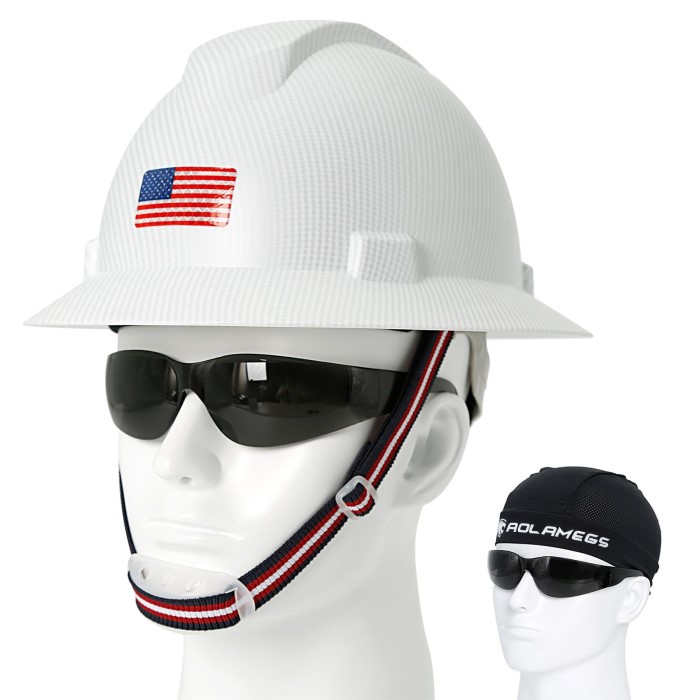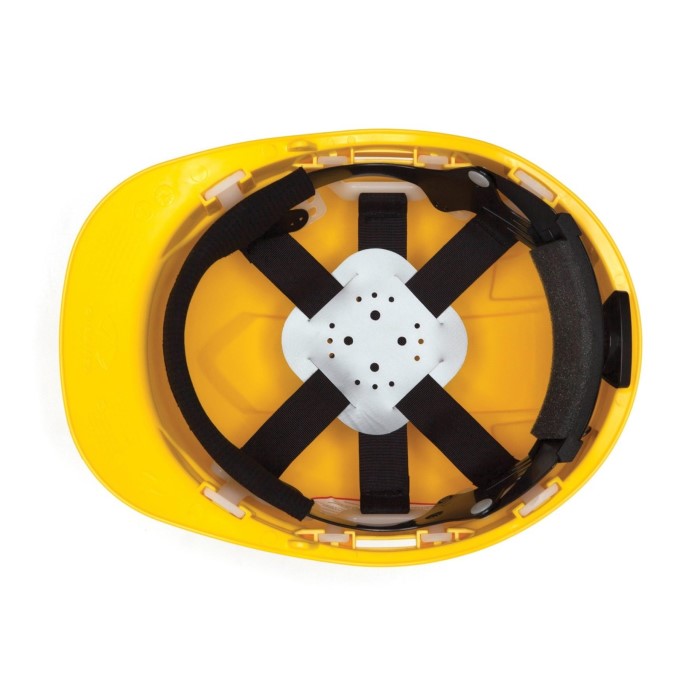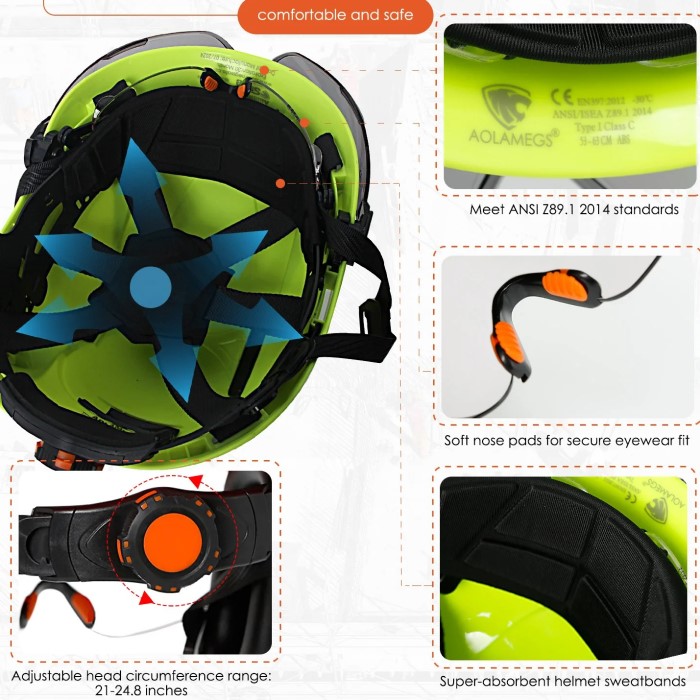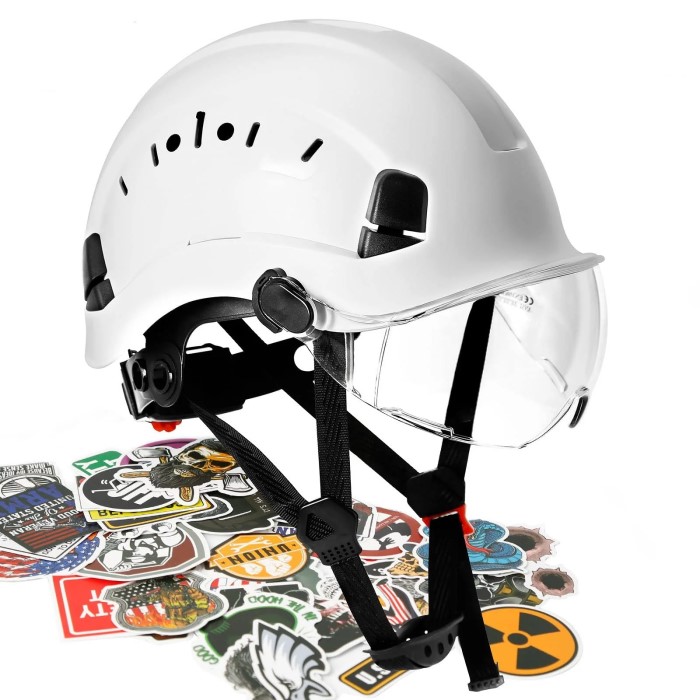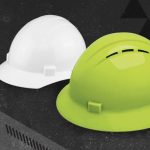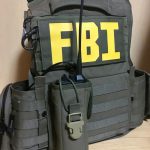Introduction
When it comes to workplace safety, having the proper protective gear can make all the difference. Among the various types of safety equipment, OSHA approved hard hat liners play a crucial role in ensuring worker safety on construction sites, in manufacturing plants, or in other hazardous environments. Hard hat liners are designed to enhance comfort and protection, making them a vital addition to any hard hat. In this article, we will explore the importance of hard hat liners, their compliance with OSHA standards, the different types available, their benefits, and how to properly care for them.
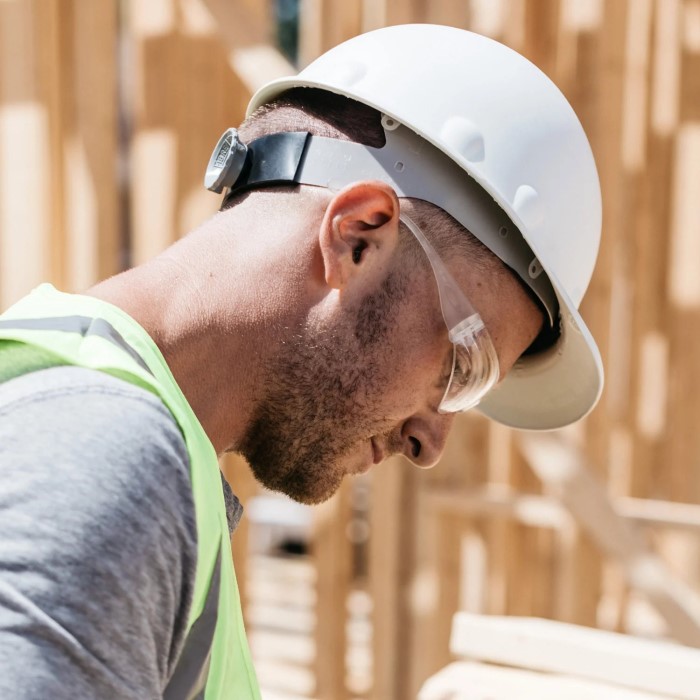
The Importance of Hard Hat Liners
Hard hats are primarily intended to protect workers from falling objects, electrical hazards, and other potential threats to head safety. However, simply wearing a hard hat is not enough. Here’s why liners are essential:
- Comfort Enhancement: Workers often need to wear hard hats for long hours, which can cause discomfort without proper cushioning. Liners provide additional padding, making the hard hat much more comfortable.
- Improved Fit: Liners help achieve a better fit for hard hats. A secure fit is crucial for ensuring that the hard hat stays in place during activities, providing maximum protection.
- Moisture Management: Many hard hat liners are designed to wick away sweat and moisture from the forehead. This prevents the build-up of sweat, helping to keep workers dry and comfortable in hot conditions.
- Shock Absorption: Hard hat liners can absorb some of the impacts from falling objects, distributing force across a greater area. This feature is vital in minimizing the risk of serious head injuries.
Types of OSHA Approved Hard Hat Liners
Understanding the types of hard hat liners available is essential for making the right choice based on your work environment:
- Cotton Liners: These liners are soft, breathable, and provide basic comfort.
- Foam Liners: Foam liners offer enhanced padding and shock absorption. They are lightweight and help reduce the impact forces experienced during accidents, making them ideal for construction or industrial applications.
- Moisture-Wicking Liners: Made from synthetic materials, these liners actively draw sweat away from the skin. They are perfect for demanding work environments where workers expose to high temperatures.
- Thermal Liners: In cold weather conditions, thermal liners provide insulation and warmth. These are essential for workers who operate outdoors during colder months.
- Combination Liners: Some liners offer a combination of features, such as moisture-wicking properties and thermal insulation, providing versatility for workers in varying conditions.
Compliance with OSHA Standards
One of the key factors to consider when selecting hard hat liners is whether they comply with OSHA standards. Here’s what you need to know:
OSHA Regulations
- Overview of OSHA Requirements: The Occupational Safety and Health Administration (OSHA) enforces safety regulations that dictate workplace safety standards, including those applicable to hard hats. Employers are responsible for ensuring that the hard hats used in their work environments meet these rigorous safety requirements.
- Specific Safety Standards: OSHA mandates that hard hats must be designed to protect workers from potential head injuries due to falling objects, electrical shocks, and other hazards. This includes rigorous testing and certification processes to ensure that these hard hats can withstand impacts effectively.
- Compatibility with Liners: While OSHA does not directly regulate hard hat liners, it is important that any liners used be compatible with the hard hats they are designed to fit. Proper compatibility ensures that they do not interfere with the helmet’s protective capabilities.
- Employer Responsibilities: Employers must regularly evaluate the hard hats and liners in use at their job sites to ensure compliance with OSHA regulations. This may involve routine inspections, training for employees on proper usage, and staying informed about any safety updates.
ANSI Standards
- Importance of ANSI Standards: The American National Standards Institute (ANSI) sets voluntary guidelines for manufacturers to follow in order to ensure that hard hats provide adequate protection. Most hard hats must conform to the ANSI/ISEA Z89.1 standards for head protection.
- Types of Hard Hats: The ANSI Z89.1 standard classifies hard hats into different types and classes. Understanding these classifications helps employers select the appropriate hard hats for specific job hazards, including those related to electrical exposure and impact resistance.
- Liner Compliance: Any liners produced to use with ANSI-approved hard hats should also meet these standards. This ensures that the entire head protection system is effective and reliable in preventing injuries.
- Testing and Certification: Liners may also undergo testing to confirm their performance under specific conditions. When designed correctly and manufactured to meet ANSI standards, these liners enhance the safety features of hard hats.
Manufacturer Certification
- Checking for Compliance: Always verify the manufacturer’s labels that indicate compliance with OSHA and ANSI standards.
- Understanding Labels: Certification labels typically include information about the specific standards met, as well as the manufacturer’s name and model number. This ensures that users can trace the equipment back to its safety manufacturing source.
- Credible Manufacturers: When selecting hard hat liners, prioritize products from reputable manufacturers known for their commitment to safety and quality. This can help reduce the likelihood of using substandard protective gear.
- Benefits of Certification: Using certified equipment means that businesses are adhering to safety regulations, which is crucial not only for protecting workers but also for possibly reducing liability in case of workplace accidents.
Regular Updates
- Evolving Safety Regulations: Safety regulations, including those set by OSHA, can change in response to new research, technological advances, or shifts in workplace safety needs. It is essential that employers stay informed about these changes.
- Maintaining Compliance: Organizations should routinely review safety protocols and practices to ensure continuous compliance with the latest OSHA guidelines. This may require periodic training sessions, updated safety manuals, or additional resources for employees.
- Utilizing Resources: Employers can subscribe to industry publications, attend safety seminars, or consult with safety professionals to stay informed about current regulations. Utilizing these resources can provide insights into best practices and legal requirements.
- Promoting a Safety Culture: Keeping abreast of regulatory changes not only helps maintain compliance but also fosters a culture of safety within the organization. Engaging employees in safety discussions and updates encourages their participation and commitment to workplace safety practices.
Benefits of Using OSHA Approved Hard Hat Liners
OSHA approved hard hat liners offer numerous advantages that contribute to a safer and more comfortable working environment:
- Increased Safety: By enhancing the protective capabilities of hard hats, liners significantly reduce the likelihood of head injuries caused by sudden impacts or falls.
- Enhanced Comfort: Comfort leads to better focus and productivity. Workers who feel comfortable are less likely to be distracted by discomfort, enabling them to perform their duties more efficiently.
- Versatility: With different types of liners available, workers can select liners that best meet their individual needs based on environmental conditions, ensuring optimal protection and comfort.
- Cost Efficiency: While liners may seem like an added cost, they can prolong the life of hard hats by protecting the interior from sweat and debris. This can result in savings in the long run.
- Adaptability to Conditions: Hard hat liners can tailor to varying work conditions, whether hot, cold, or wet, improving overall worker satisfaction and safety.
Maintenance and Care for Hard Hat Liners
To ensure that OSHA approved hard hat liners remain effective and last as long as possible, proper care and maintenance are critical:
- Regular Inspection: Frequently check the liners for signs of wear and tear. Look for rips, fraying edges, or significant discoloration.
- Cleaning Procedures: Follow the manufacturer’s recommendations for cleaning. Most cotton and synthetic liners can machine washed, while foam liners may require wipe-downs with mild detergent.
- Proper Storage: Liners should store in a cool, dry place away from direct sunlight. Prolonged exposure to heat or moisture can degrade the materials over time.
- Replacement Cycles: Depending on usage, liners may need to replace every few months or sooner if they show signs of significant wear. Keeping accurate records can help in managing replacement schedules.
- Avoiding Damage: Prevent unnecessary damage by removing liners properly and not exposing them to harsh chemicals or equipment that could cause tears or rips.
FAQs About OSHA Approved Hard Hat Liners
Are Hard Hat Inserts OSHA Approved?
Yes, hard hat inserts or liners can be OSHA approved, as long as they meet or exceed the required safety standards. Always check for proper labeling to ensure compliance.
What Are the OSHA Requirements for Hard Hats?
OSHA requires that hard hats provide adequate impact and penetration protection while also offering electrical insulation in specific circumstances. Regular inspections and adherence to ANSI standards are essential.
What Material Is Used for Hat Liners?
Common materials used for hard hat liners include cotton, polyester, foam, and synthetic fabrics. Each material has its specific functionalities, such as comfort, moisture-wicking, or insulation.
How Do I Know If My Hard Hat Is OSHA Approved?
Check for a label inside the hard hat that indicates compliance with ANSI standards and includes the manufacturer’s information. This label typically certifies that the hard hat meets OSHA regulations.
Conclusion
In conclusion, using OSHA approved hard hat liners is essential for maintaining safety and comfort in the workplace. These liners enhance the protection provided by hard hats while improving fit and moisture management. Understanding the different types of liners available, their compliance with OSHA regulations, and the benefits they bring can help you make informed decisions about your personal protective equipment.
Investing in high-quality hard hat liners is a crucial step in ensuring a safe work environment. Regular maintenance and proper selection based on site-specific needs will further enhance the effectiveness of hard hats and liners, ultimately contributing to a culture of safety on the job. By prioritizing head protection through the use of OSHA approved liners, you create a safer and more productive workplace for all employees.
